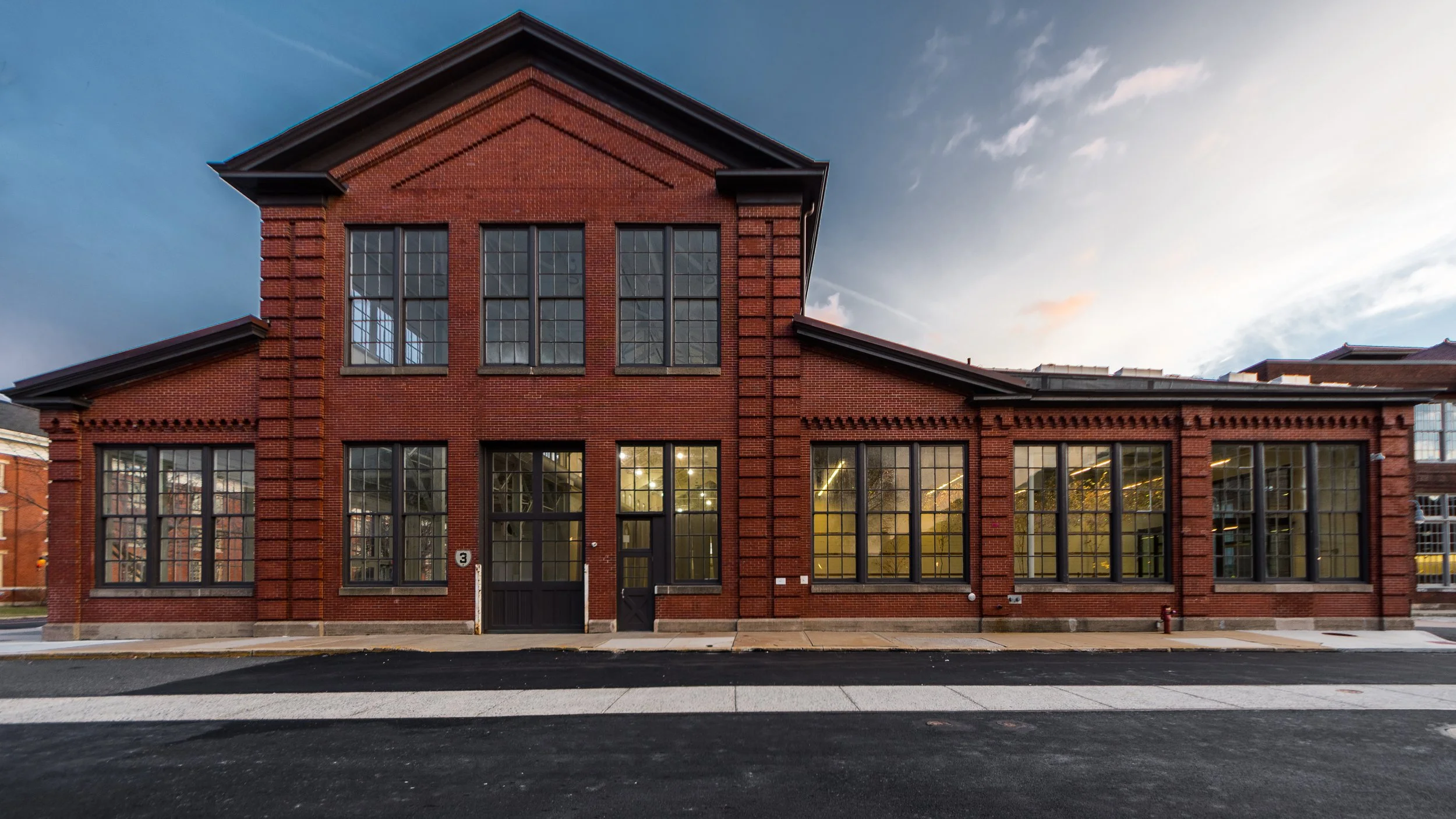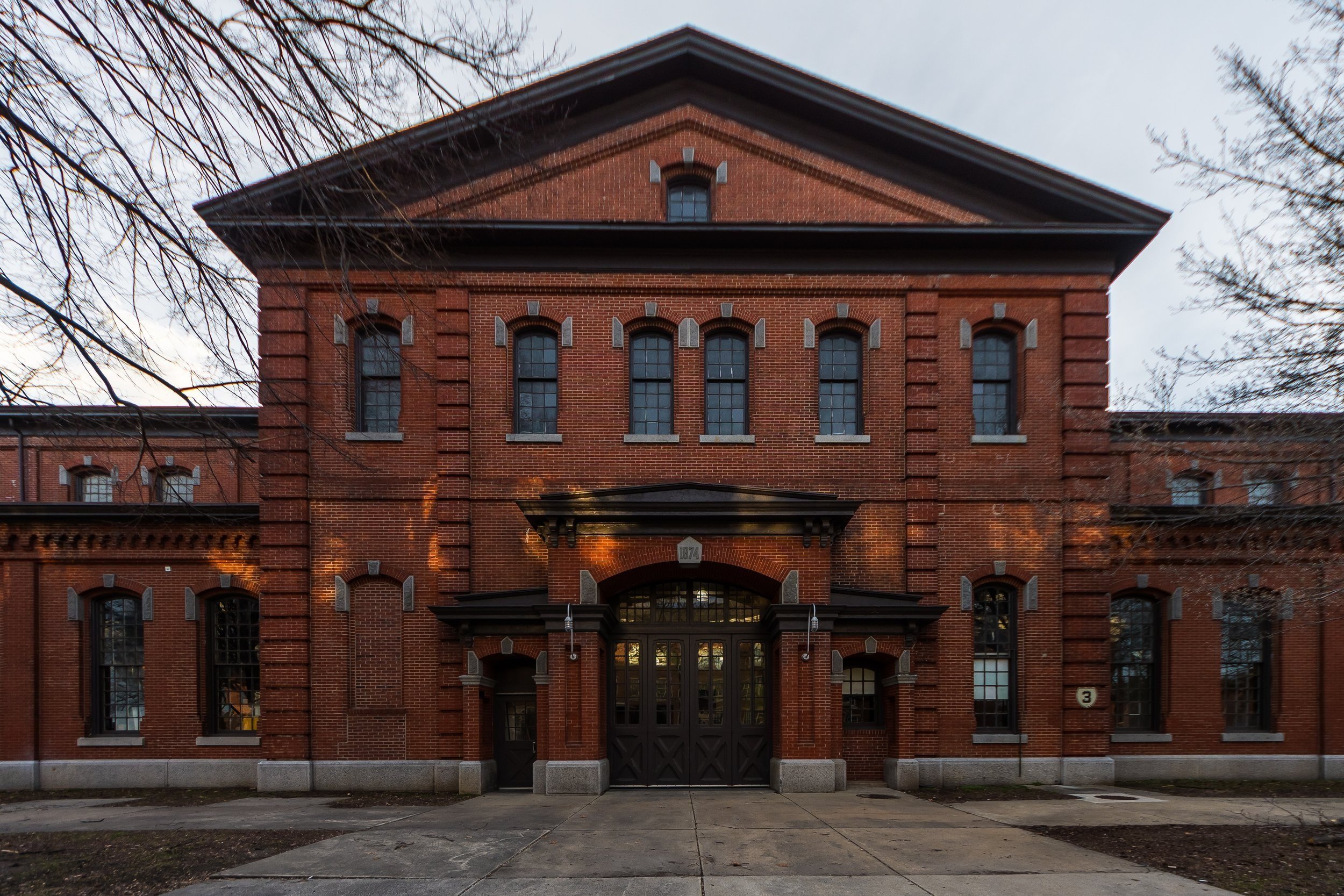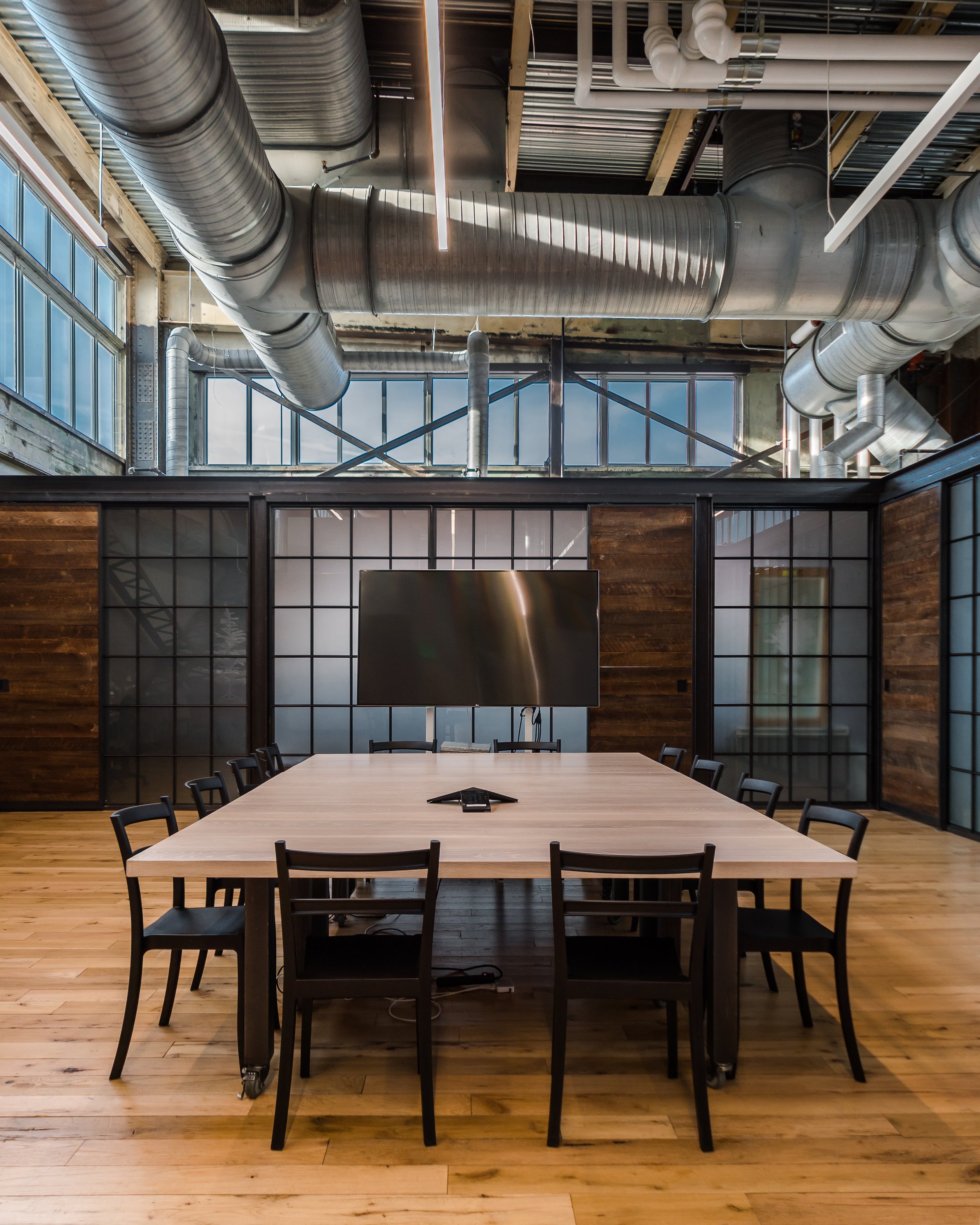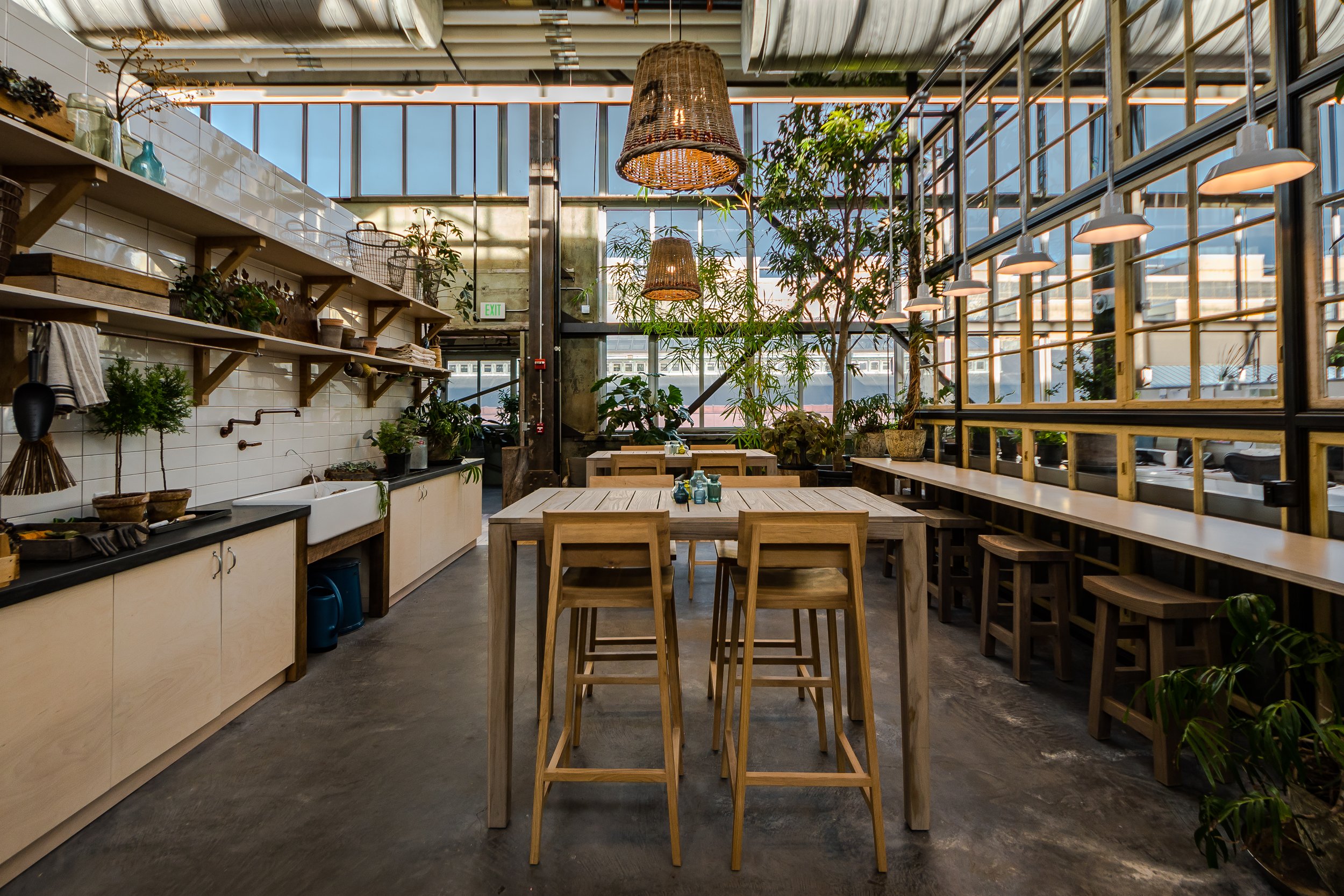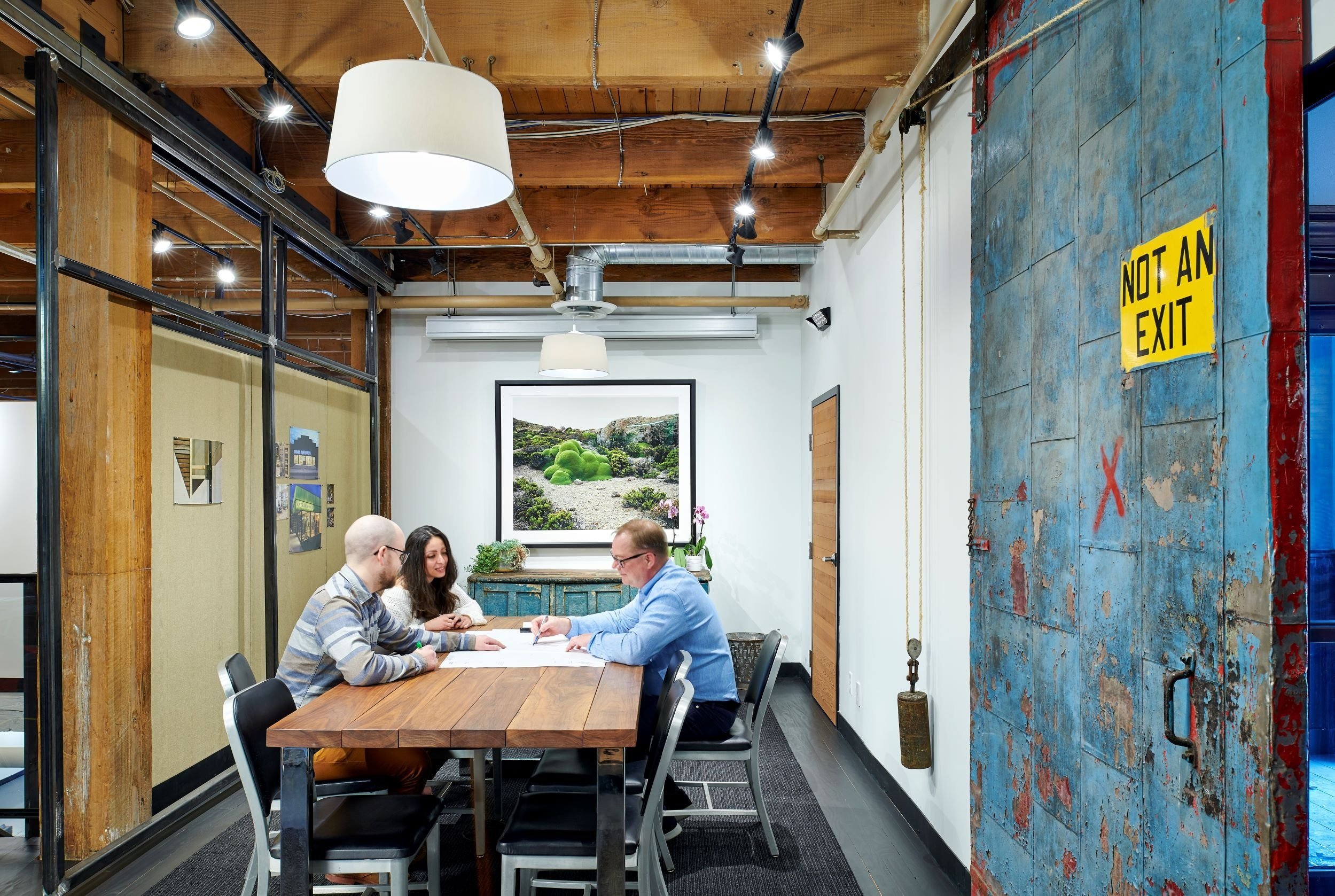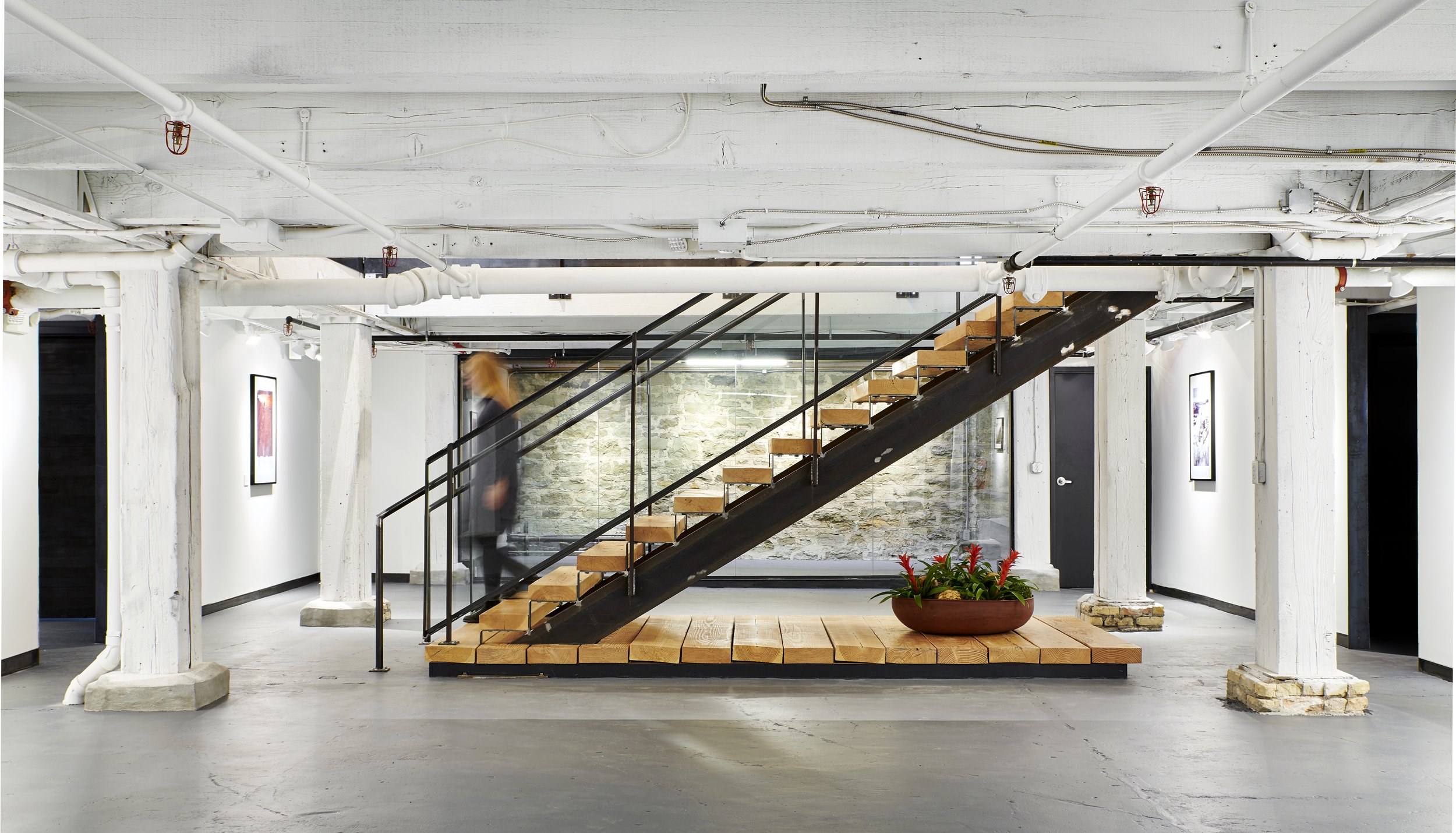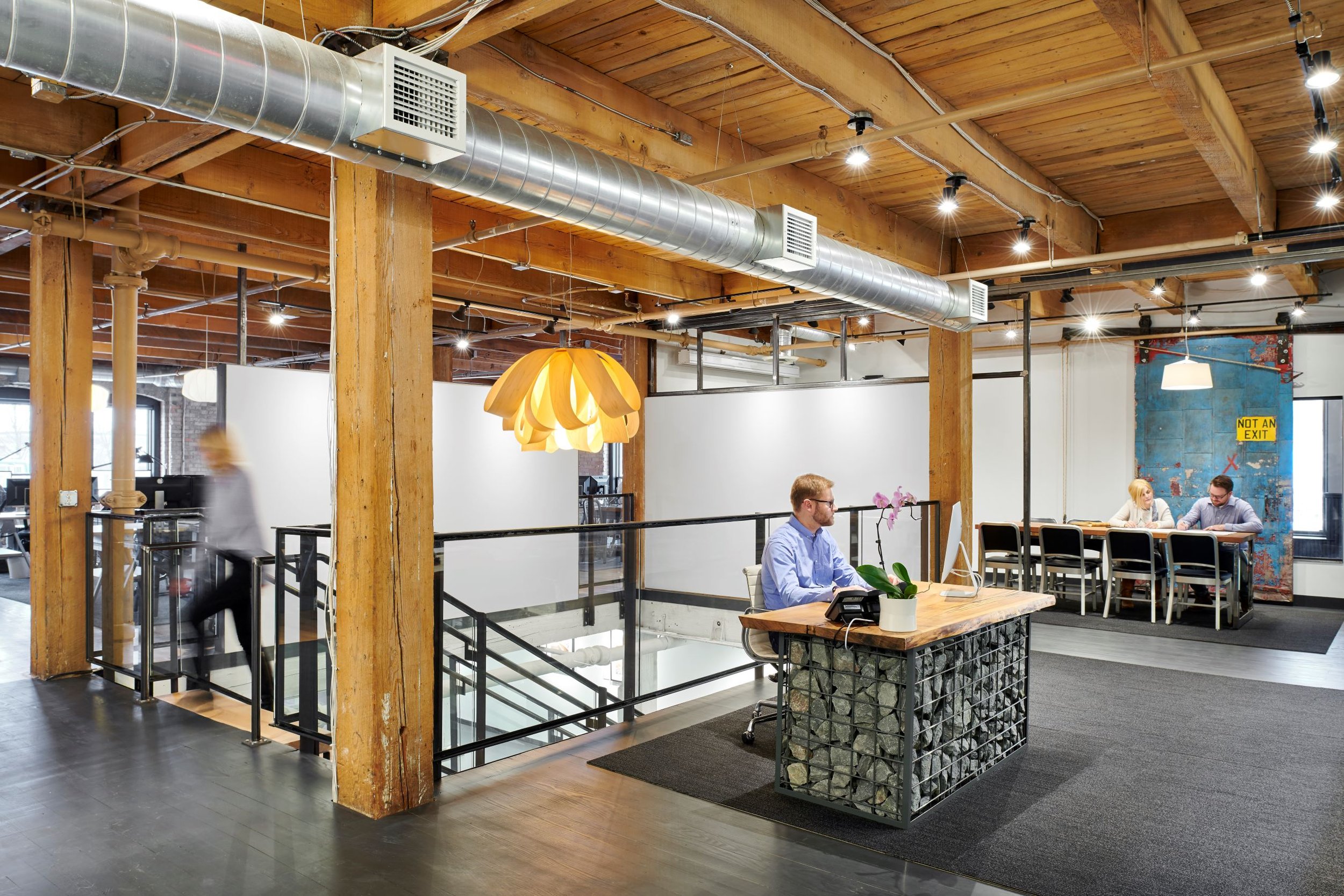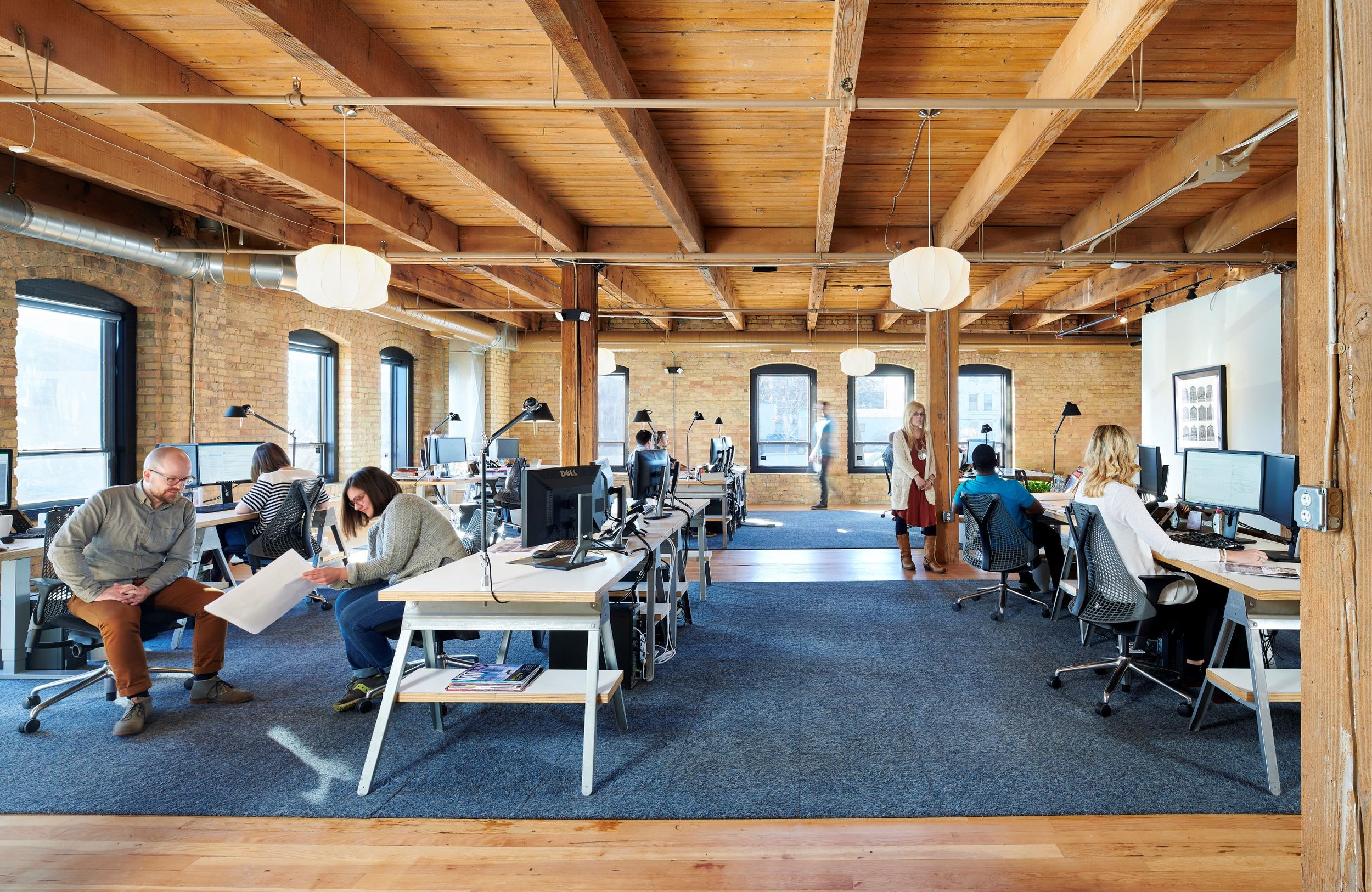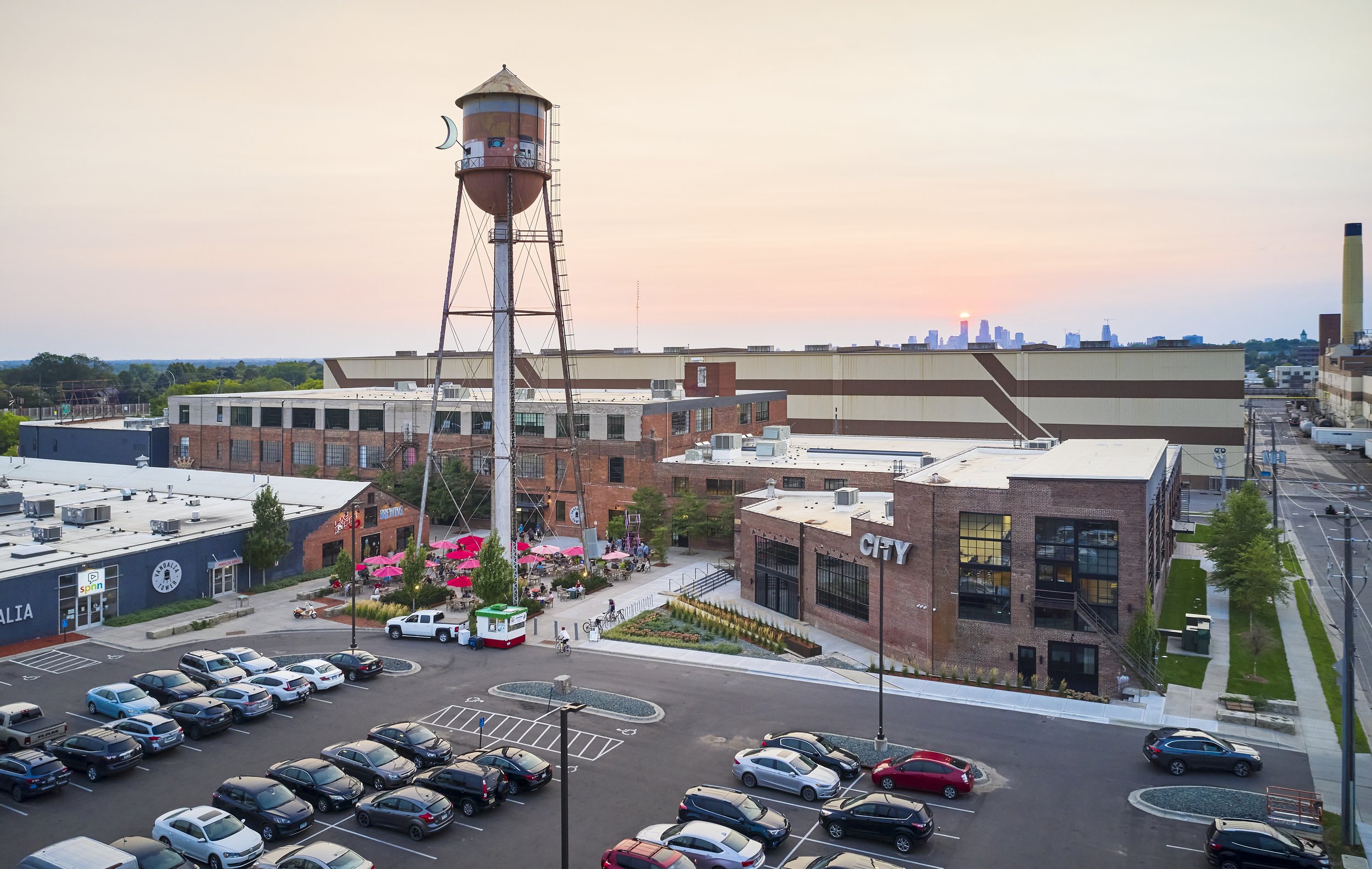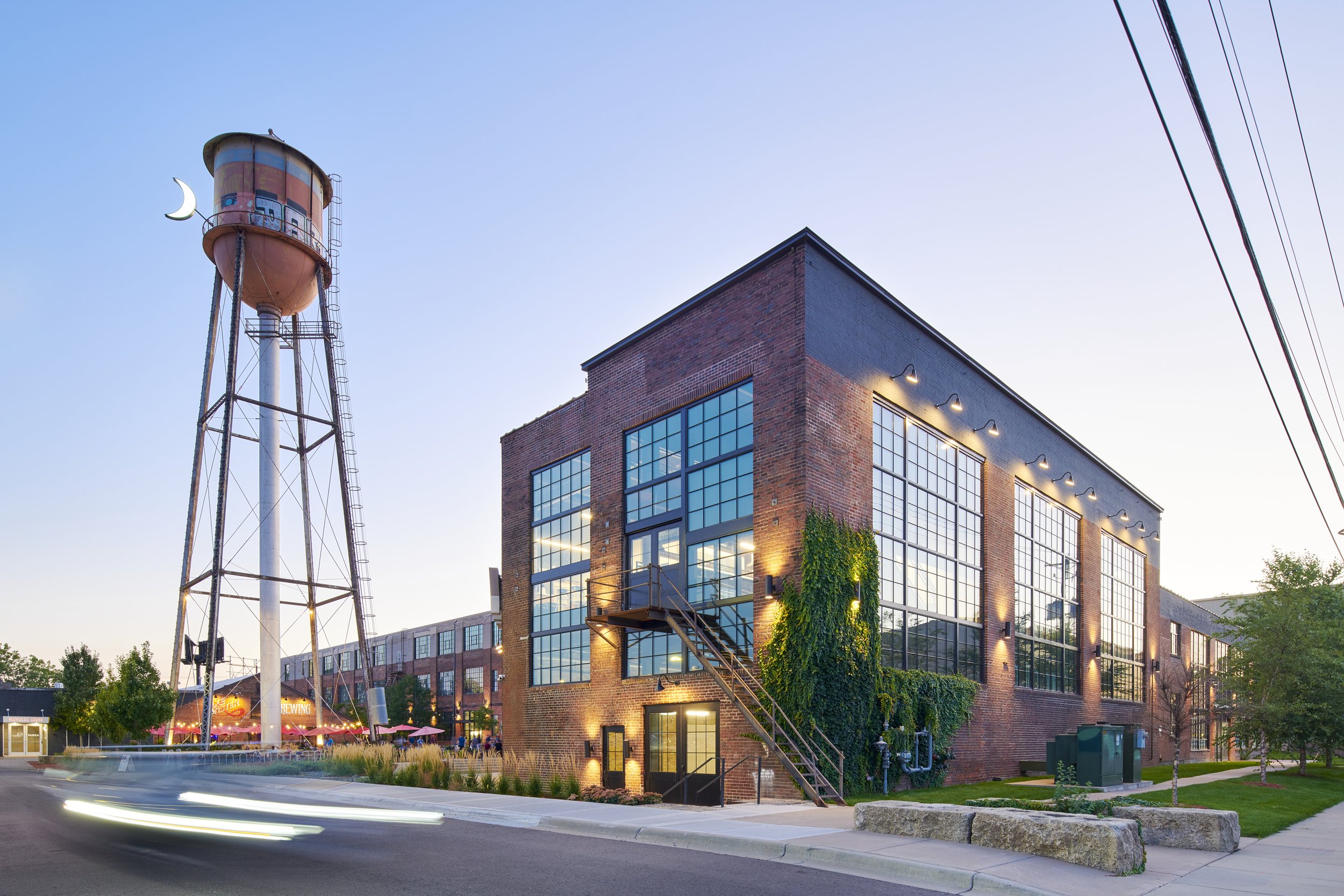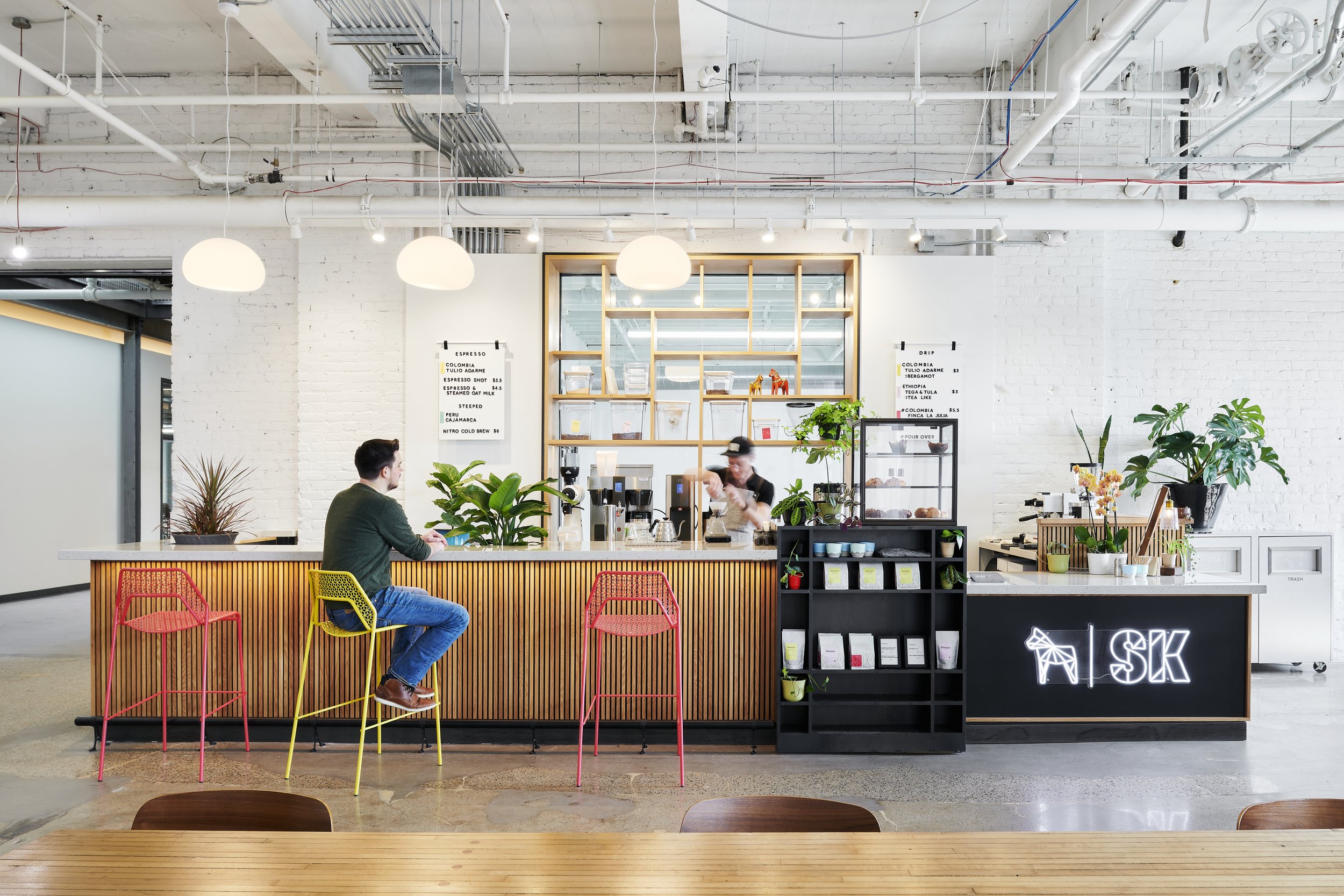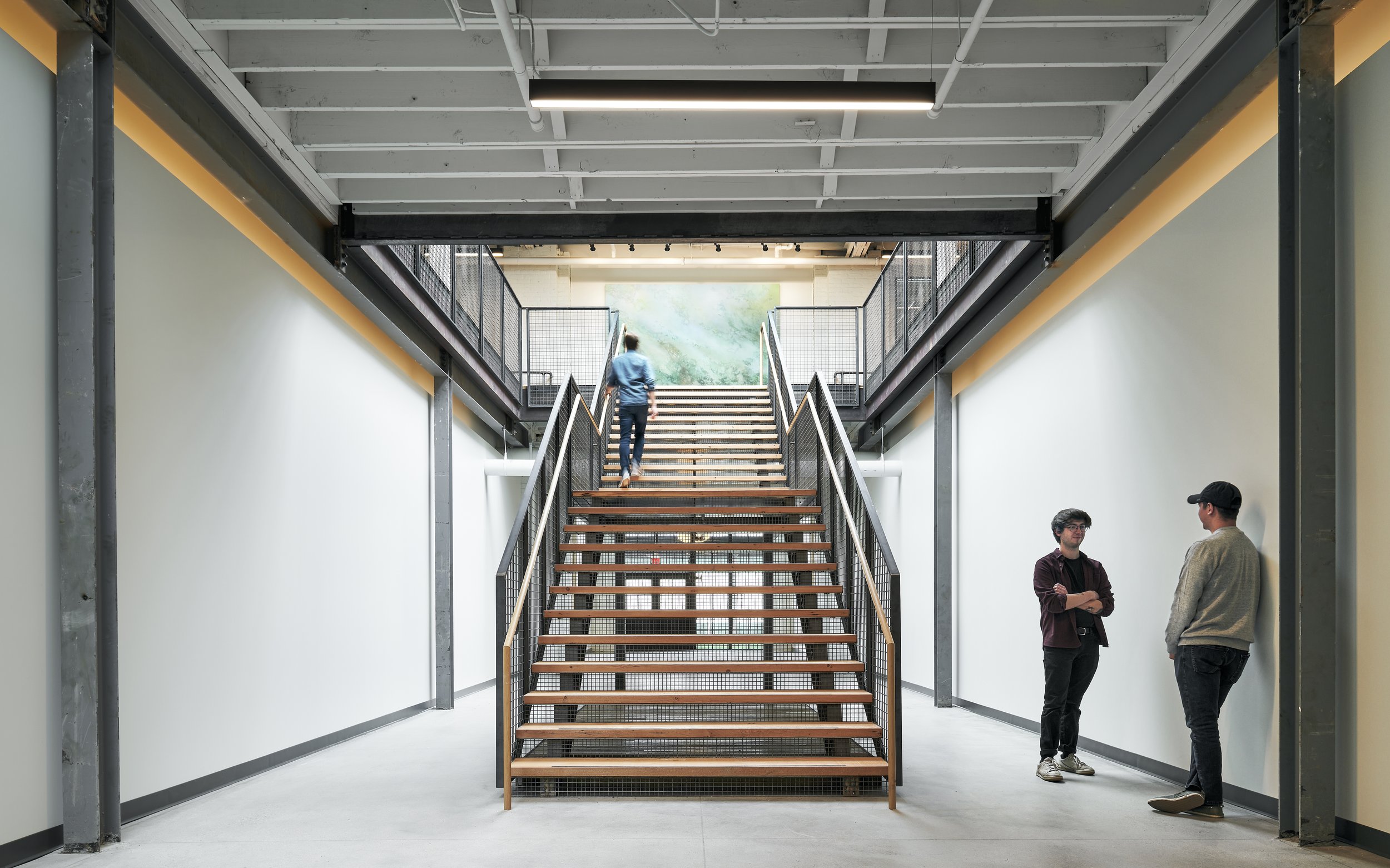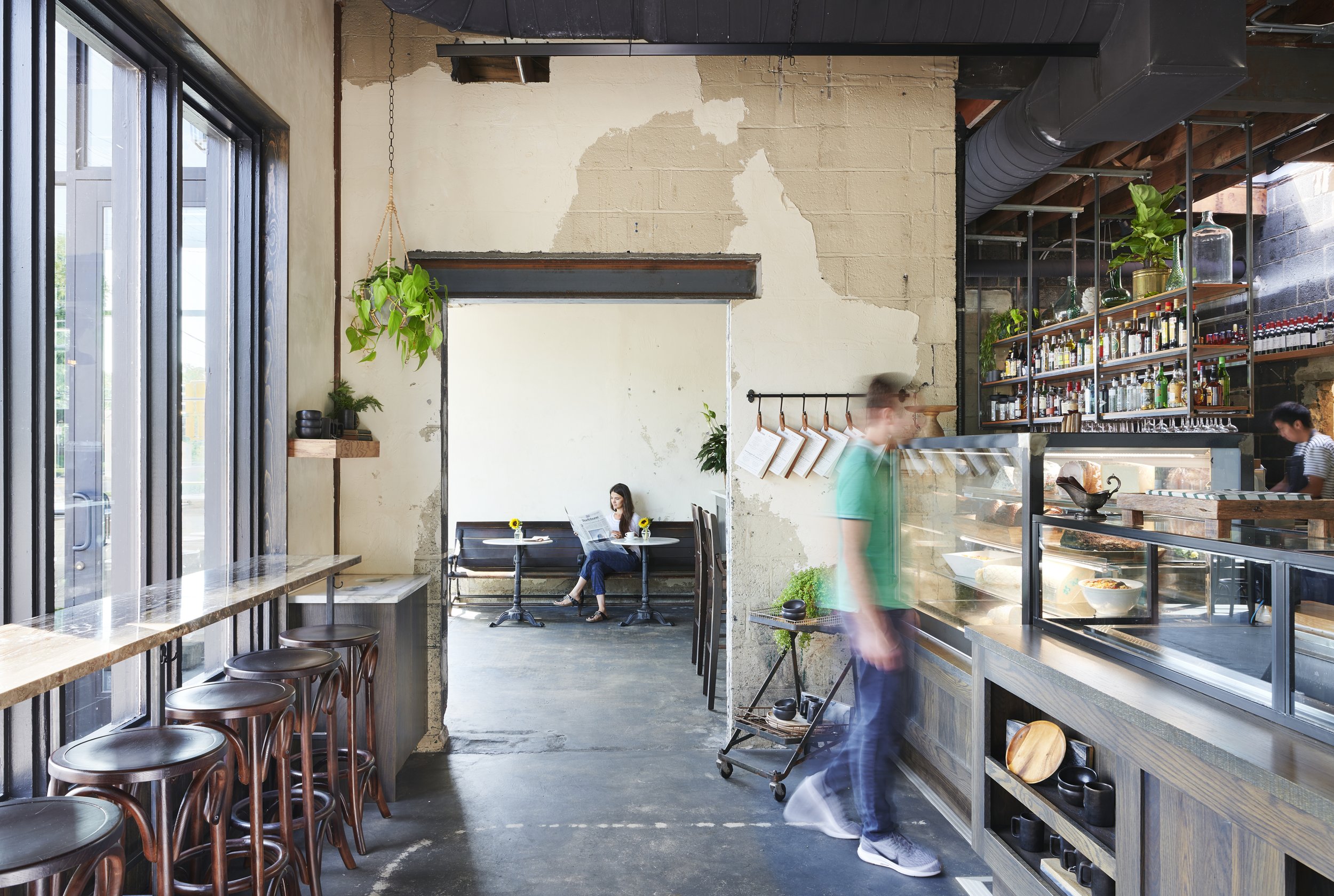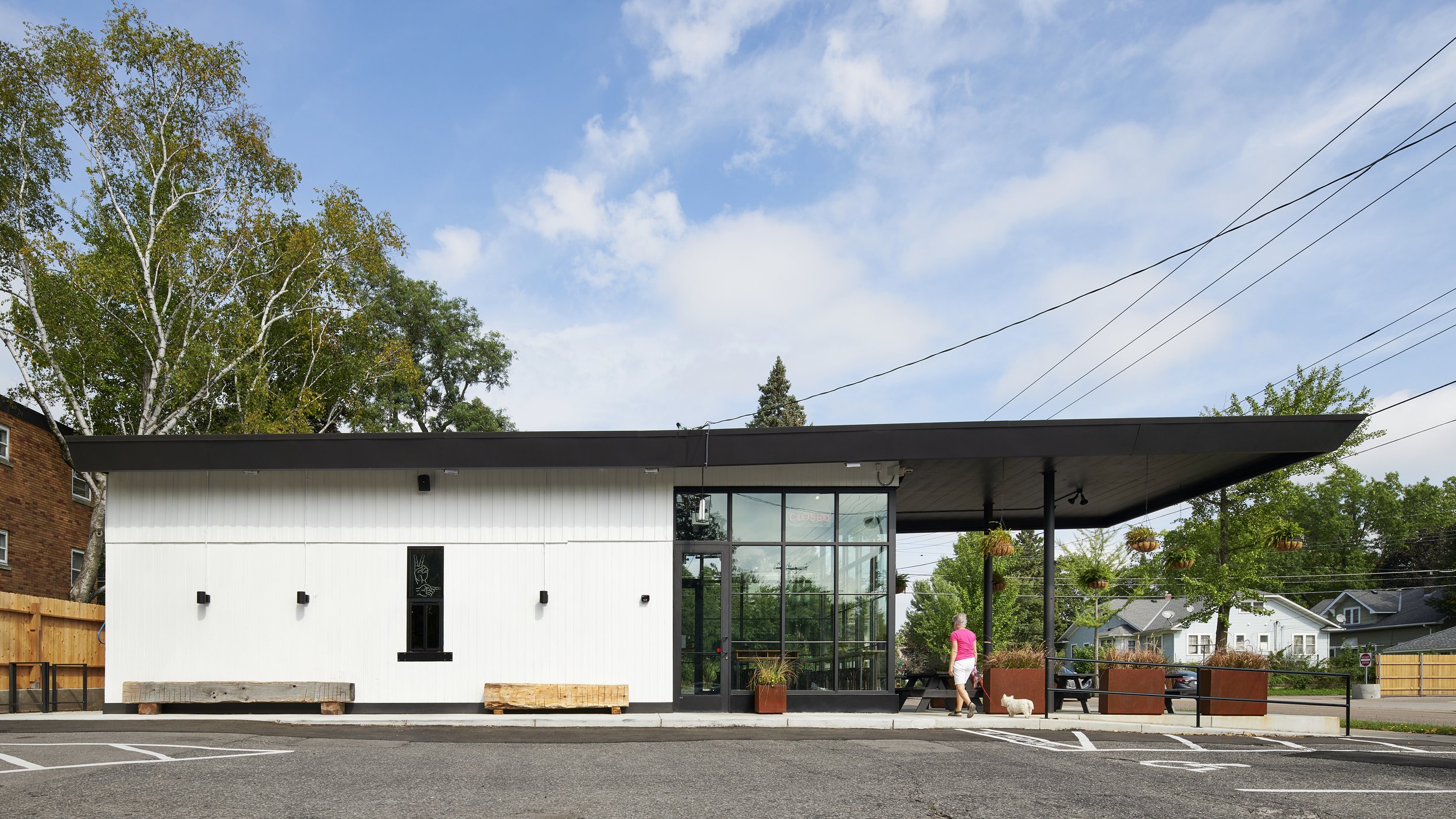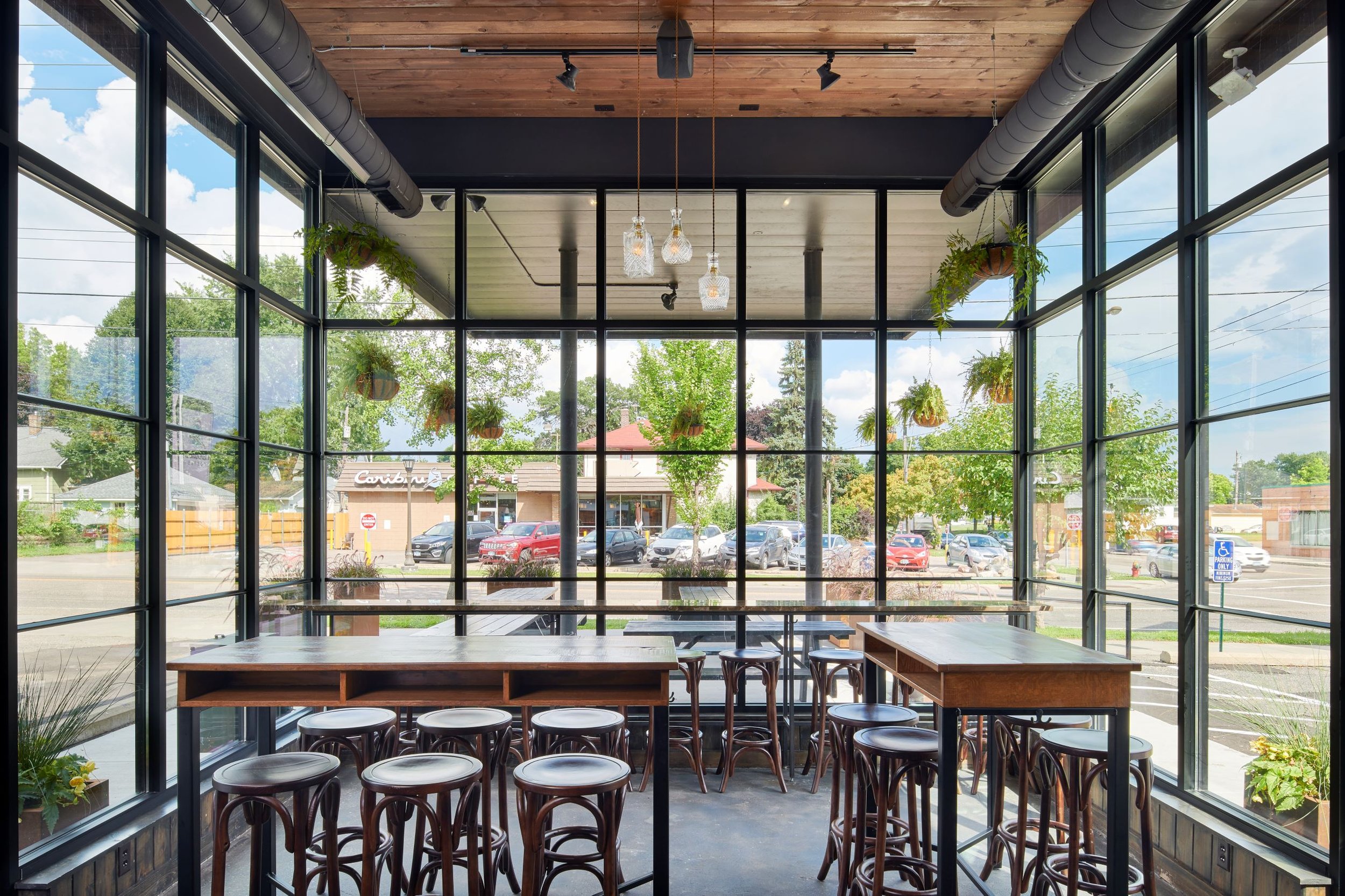You’ve read the news, or worse, you’ve seen it firsthand: intense storms, extensive droughts, roaring floods, destructive wildfires, melted glaciers–all causing unprecedented loss of biodiversity, and innumerable human tragedies. The physical, social, and economic impacts of climate change are becoming ever more apparent. The well-known adage “reduce, reuse, recycle” encourages individuals to help protect the environment through waste reduction. The same strategy applies to building design and construction with the goals of reducing carbon emissions to help slow climate change, honoring history, and sustaining the social fabric of communities. Called adaptive reuse, it’s at the heart of many of our projects at NewStudio Architecture.
the building sector makes up a whopping 40% of annual global carbon emissions
The building sector makes up a whopping 40% of annual global carbon emissions. Immense reforms in planning, development, and building operations are required to reduce our collective carbon footprint. Adaptive reuse is one strategy we are excited about because of the many ways it supports sustainable practices. When architects apply adaptive reuse, they retain the integral structure while retrofitting the building to help it serve a new function. Adaptive reuse requires less material than new construction and diverts waste from the landfill. In addition, it helps the historical and social fabric of a neighborhood and community remain intact.
Embodied carbon refers to the carbon emitted during the fabrication, delivery, and assembly of materials. Materials and construction (a.k.a embodied carbon) within the building sector are responsible for 13% of global carbon emissions. The three major culprits? Concrete, steel, and aluminum. According to the initiative Architecture 2030, “cement manufacturing alone accounts for 11% of global CO2 emissions.” Adaptive reuse reduces the need for new materials, lowering embodied carbon.
Compelling research shows that adaptive reuse can effectively reduce carbon emissions in the built environment.
The redevelopment of the Quay Quarter Tower in Sydney used adaptive reuse to retain ⅔ of the original tower, saving 8250 tons of greenhouse gas emissions and avoiding six to nine months of demolition.
In a California State University project, a mid-20th century lab building was reclaimed, leading to a “78% reduction in embodied carbon compared to an equivalent new build.”
One study compared the embodied CO2 generated in a Colorado project’s hypothetical all-new construction versus its actual adaptive reuse design. Adaptive reuse realized an impressive 68% reduction in embodied CO2.
This data, along with other similar research projects, suggests adaptive reuse is an effective strategy for reducing carbon emissions in the built environment.
Garrison, Alex. (2021) “The Case for Adaptive Reuse: How The Link Drives Sustainable Design Strategies in Downtown Denver.” Gensler.
“Even if an existing building doesn’t possess a particular historical moment, it has importance in the organic fabric of the neighborhood.”
The other crucial benefit of adaptive reuse: historical and social fabrics remain intact and are revived with new purposes. NewStudio CEO Sean Wagner says, “even if an existing building doesn’t possess a particular historical moment, it has importance in the organic fabric of the neighborhood.” Adaptive reuse preserves existing buildings that weave the fabric of neighborhoods and communities.
Take, for example, a small downtown. The personal interactions and connections between pedestrians, businesses, vehicles, and nature are crucial to creating a vibrant town. When existing buildings are demolished, the social fabric is noticeably disrupted. An AIA document titled Buildings that Last, reads, “The built environment is an archive of culture and history. It manifests the aspirations and needs of a society in a particular time and place, creating a record of who we are.”
“The built environment is an archive of culture and history. It manifests the aspirations and needs of a society in a particular time and place, creating a record of who we are.”
Keep adaptive reuse in mind as you commute from home to work, spend a Sunday exploring your area, or travel afar. How does the social fabric feel? Is it strong with historical context, or disrupted by an odd skyscraper? Are there people walking around? Lively businesses and storefronts? When you notice an old building reused in a new way, remember that not only does it hold together the immediate social fabric, it reduces global carbon emissions as well. At NewStudio Architecture, we’re committed to sustainability through the intersection of adaptive reuse and beautifully functional design.
Key Terms
adaptive reuse: redesigning an existing building to serve new functions
embodied carbon: the carbon emission emitted during the fabrication, delivery, and assembly of materials
retrofit: adding materials or components to something
social fabric: collection of interactions and connections in an environment
sustainable: without excess consumption, able to be maintained indefinitely
Examples of NewStudio Architecture’s Adaptive Reuse Projects
Photos by Pete Vondelinde and Stephan Hoppe

